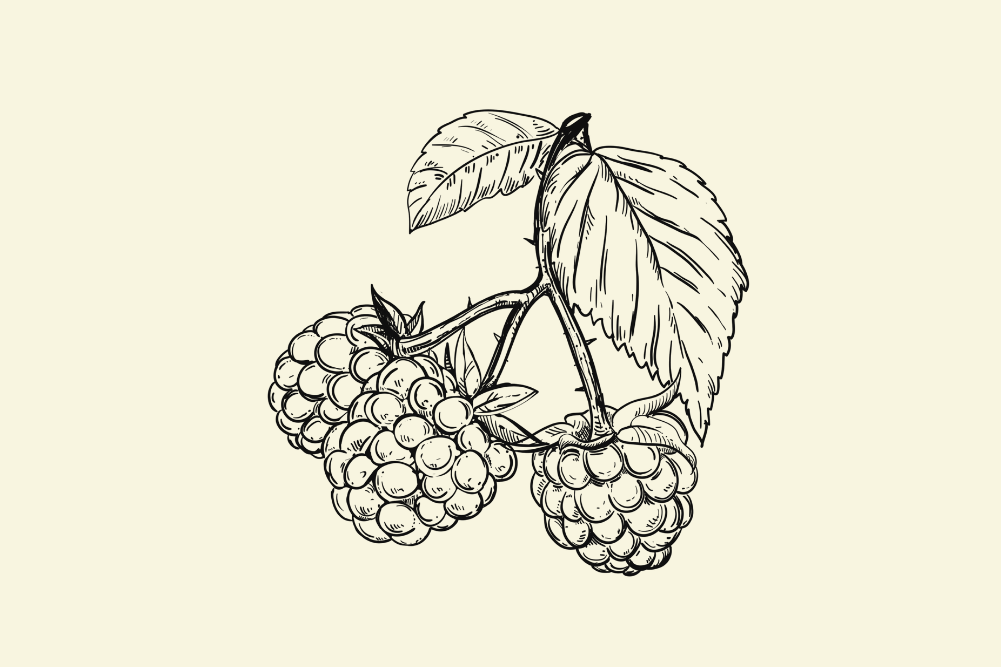The growth of the local food movement
During a lovely night out, it’s rare for diners to consider the origins of the food they’re about to consume. One evening a few years ago, I was invited to a Producer’s Dinner at the Four Seasons, where chef Marc Miron created a five-course meal from five different ingredients he had personally sourced from around regional NSW. At this dinner, he encouraged the producer of the meal’s main star (honey, artichoke, cheese etc) to stand up and tell us a little about their product and the way it had been cultivated.
Shy at first, most of these farmers started speaking very quickly and concisely but, as they noticed the avid interest of the audience, they eventually left the lectern to speak with all the passion of a motivational speaker. Their enthusiasm was infectious and, I believe, gave the meals an extra tasty zing! After this night, I started to think more about where my food came from, how it was produced and whose dedication resulted in such wonderful produce, which eventually led me to the Local Food movement.
As its name suggests, the Local Food movement involves buying comestibles from sources close to home. “Close” can be defined either by the size of the city and its agricultural surrounds or by eco-region, but mostly advocates of the movement tend to regard it as food that hasn’t been shipped great distances. Some benefits are that energy is saved and transportation-related pollution is minimised.
Local food is often, but not always, organic or farmed using sustainable methods, resulting in fresh, nutritious bounty that, when bought direct from the farmer, supports the local economy. In addition, eating locally encourages people to create connections within a broader community and develop the skills of growing and cooking healthy food; skills that seem to have been lost since the emergence of ready-packed frozen microwave meals.
The origins of Local Food are in the Slow Food movement, founded by Italian writer Carlo Petrini in 1989, whose ethos encourages people to buy from local marketplaces and support producers who produce local and traditional food products according to lore and traditions. As this message slowly spread around the world — the Slow Food movement boasts 80,000 members internationally — folks began to focus on their immediate environment and how to make this practicable.
In the past year, the movement got a further boost from the publication of two books that follow the fortunes of families who have changed their lifestyles to embrace the local food ideal. The first, The 100 Mile Diet by Canadians Alisa Smith and James MacKinnon, began when the authors baulked at the distances most of their food had travelled before it reached their plate. In response, they chose to consume food found within 100 miles of their home.
“It’s an easy way to start thinking local,” they explain on their website (www.100milediet.org). “A 100-mile radius is large enough to reach beyond a big city and small enough to feel truly local. And it rolls off the tongue more easily than the 160 Kilometre Diet.” During that time, they came to understand a lot more about agriculture systems, family-run farms, organic produce, community gardens, the intricacies of preserving and canning food as well as the hardship of giving up coffee.
The second book, Animal, Vegetable, Miracle, is part memoir, part journalistic investigation by Barbara Kingsolver, documenting the year she and her family spent eating only food grown in their own (admittedly large) back garden or bought from local farmers. In it they discover the almost military-style planning involved in ensuring they had food during all the seasons and the delights of taking food from soil to table. The book also investigates associated ideas such as the loss of heirloom varieties of fruit and vegetables and the losing battle faced by pesticides and herbicides.
Find your food
The overwhelming theme of both books is the benefits to the health and lifestyle of the two families who have revelled in the lessons they have learned while finding out more about the food they eat. So how can you reconnect with your food? There are various options depending on the amount of time you have to devote to buying and preparing your food. Community Supported Agriculture (CSA) schemes, farmers markets and community gardens (see article in WellBeing 111 for more information) are all proving quite popular.
CSA schemes are gaining popularity among supporters of the Slow Food movement in the US and a few have started to sprout here in Australia. CSAs open up a direct avenue between food producers and consumers so each can support the other. Consumers know where their food comes from, what is in it and who has grown it, while farmers are provided with financial support through consumers who buy shares in a farm’s yearly operating budget and in return receive a share of the farm’s harvest. There is also reassurance for the consumer because they have access to freshly picked, high-quality, organic, seasonal produce for less than they might pay elsewhere. Friends of the Earth (www.foe.org.au) has a 30-page booklet available for download that looks more closely at the various operating systems of CSAs and how to get in touch with one near you.
Farmer’s markets provide city-dwellers with a valuable opportunity to come face to face with the people who not only grow the food but, if asked, can often provide great recipes and ways of preparing the produce sold at their stall. These markets give farmers direct access to consumers and enable them to maximise their capital returns or even trial new products with a view to expanding their business. Food offered here is guaranteed fresh, so is often tastier and more nutritious than food at major retail stores.
For the truly dedicated, you can’t get more local than your own backyard or, if space is an issue, a community garden where you can plant and grow your own fruit and vegetables. Visit www.communitygarden.org.au for more information on setting up or participating in one of these little adventures.
Further reading
These books provide some thoughts on food as well as some food for thought.
Slow Food Nation: Why our food should be good, clean and fair Carlo Petrini, Rizzoli USA
Animal, Vegetable, Miracle: Our year of Seasonal Eating Barbara Kingsolver, HarperCollins
The 100 Mile Diet: A year of local eating Alisa Smith and JB MacKinnon, Random House
The Omnivore’s Dilemma: The search for the perfect meal in a fast food world Michael Pollan, Allen & Unwin
Slow Food: Collected thoughts on taste, tradition and the honest pleasures of food Carol Petrini and Ben Watson, Chelsea Green Publishing
Choose your own adventure
If you have more than just a morning to spend wandering around a farmer’s market, why not explore a food trail? In Sydney, you can spend almost an entire day following the Hawkesbury Farmgate Trail, moving from one farm to another to buy anything from nuts, flowers, fruits and vegetables to wine, preserves and essential oils. You can even pick your own fruit at some orchards if the season is right. Visit www.hawkesburyharvest.com.au or www.foodandwinetrails.com.au to explore other regions in Australia.







